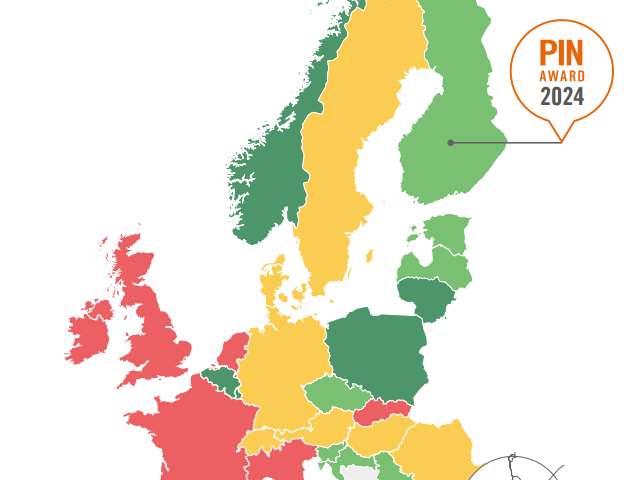
UK insurers announce grading scheme for driver assistance systems
Thatcham Research and the ABI (Association of British Insurers) have called on carmakers and legislators for greater clarity around the capability of vehicles sold with driver assistance and automated driving technologies. The call comes in the wake of growing reports of people crashing whilst over-relying on technology which is not yet designed to drive the car independently.
The risks to drivers have been outlined in the new ‘Assisted and Automated Driving Definition and Assessment’ paper, which has identified dangerous grey areas associated with some driver support technologies. These include misleading names, like Autopilot and ProPilot, given to systems by carmakers, how and when drivers should take back control of their vehicles and systems which are designed to work in specific situations only (e.g. on motorways) but can also function anywhere.
To provide guidance to carmakers and legislators, Thatcham Research has drawn up a list of 10 key criteria that every Assisted vehicle must have.
Thatcham Research has also revealed further details of a new consumer testing programme, designed to assess Assisted driving systems against the 10 criteria. An initial round of tests will take place in Summer 2018; six cars with the latest driver assistance systems will be scrutinised.
Matthew Avery, Head of Research at Thatcham Research said: “The next three years mark a critical period, as carmakers introduce new systems which appear to manage more and more of the driving task. These are not Autonomous systems. Our concern is that many are still in their infancy and are not as robust or as capable as they are declared to be. We’ll be testing and evaluating these systems, to give consumers guidance on the limits of their performance. The ambition is to keep people safe and ensure that drivers do not cede more control over their vehicles than the manufacturer intended. How carmakers name Assisted systems will be a key focus – with any premature inference around Automated capabilities being marked down.”
Other key elements of the tests include:
- Studying the manufacturers’ promotional literature and driving manuals to find out how clearly the systems’ capabilities and drivers’ responsibilities are explained;
- How drivers cope with enabling, activating, operating and deactivating the systems;
- Assessment of what happens when the driver is required to take back control, whether routinely or in an emergency (such as collision threats involving stationary and slow-moving vehicles in the road ahead, cars cutting across paths and accidents involving pedestrians)
- Will the Assisted technology always comply with the law, for example adjusting to local speed limits?
- The results of all the tests will allow final grades to be generated for use by insurers and consumer organisations and will be published in the Autumn 2018.








